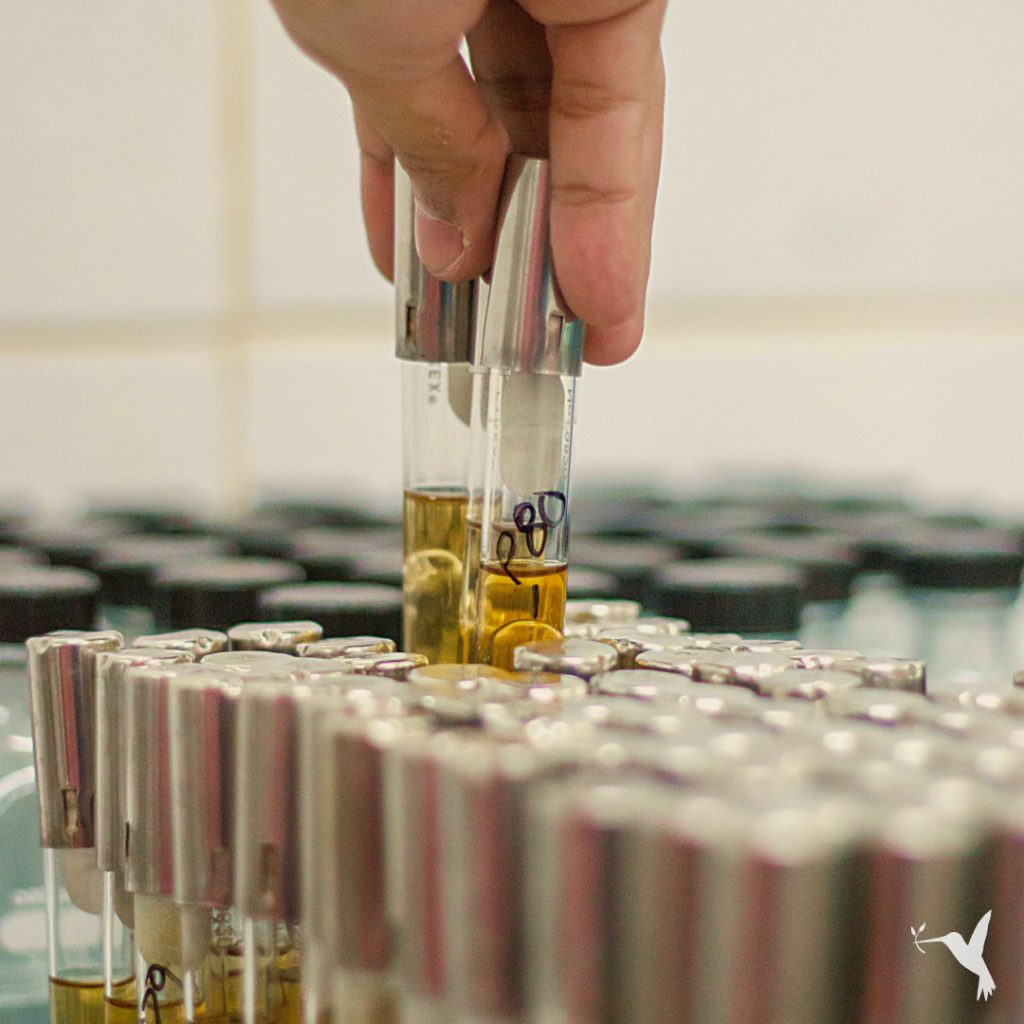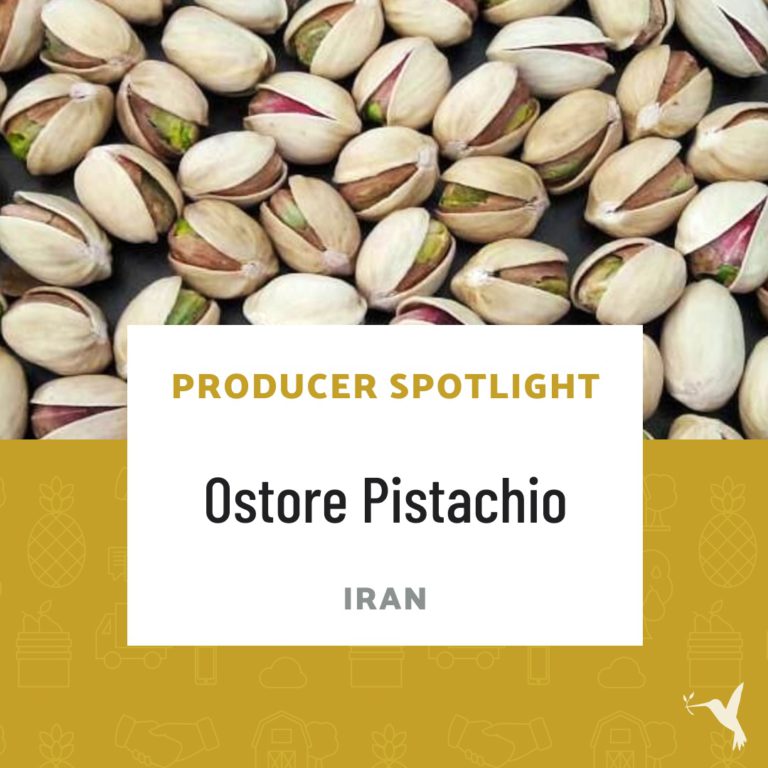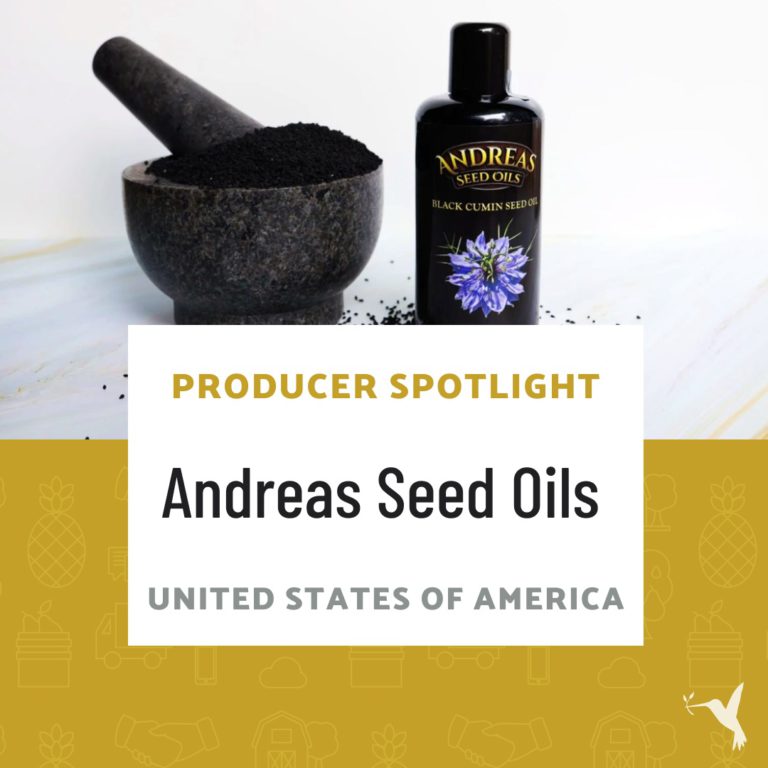How Dangerous Is Genetic Engineering (GMOs)?
Genetic Engineering & the Possible Effects of Playing with Plant DNA

Genetic engineering is a fairly common practice in the medical field. Through this process, we have been able to develop of vaccines, insulin shots, and anti-venoms. However, this subject lands itself in more controversial grounds when we discuss its application to food and agriculture.
GMO stands for “Genetically Modified Organism.”
To be clear, our discussion on genetic engineering does not refer to selective breeding. This age-old practice is a natural method of promoting the reproduction of plants with desirable features. Selective breeding is a slower but safer way of steering crop genetics in a more fruitful direction (pun intended)—and this is not what we’re talking about here.
We want to focus on the modification of plant DNA through genetic engineering. This laboratory-based practice involves the insertion of foreign genes into plant DNA with the goal of increasing crop yields, lowering costs for farmers and producers, and reducing the need for herbicides. While this may all sound great, it is not yet clear what long-term consequences may arise from the practice.
Genetic engineering is a volatile process.
It carries the possibility of damaging a plant’s genetic makeup, which means unwanted mutations are bound to occur. Risks include diminished crop performance, alteration of the plant’s nutritional content, toxic and allergenic effects, gut health problems, and harm to the environment.
In fact, the implementation of GMOs does not always reduce the need for herbicides in the long run, and may actually augment it.
For example, Monsanto’s developed a widespread line of Roundup Ready crops specifically resistant to glyphosate, which is the active ingredient in their patented herbicide, Roundup. Glyphosate, a broad-spectrum systemic herbicide, is now routinely applied to a wide variety of crops such as soy, corn, sugar beets, and cotton. However, the widespread use of this chemical has forced nature to adapt, giving rise to herbicide-resistant superweeds.
It is no surprise that chemicals designed to kill living organisms can also harm other “non-target” species. Herbicides often impact the entire surrounding ecosystem—especially the insect population. The plant-killing toxins also damage the soil’s living organisms. These include beneficial bacteria and fungi, leading to an overall decrease in crop yield.
There is no conclusive data on the benefits of GMOs. In fact, ardent support for this practice tends to come from biotech companies. These big companies stand to benefit from the proliferation and sales of these crops. It is not clear that these corporations are actually trying to tackle world hunger, as some would argue.
The bottom line is that the full extent of the consequences of producing and consuming GMOs is largely unknown. If anything, our lack of knowledge and understanding should inspire a sensible amount of precaution.
Clean Practices Outside of Genetic Engineering
The following are some practices we can integrate to keep our eating habits as clean as possible:
- Buy organic
- Avoid processed foods
- Look out for products verified by the Non-GMO Project
- Keep an eye on soy and corn and other commonly genetically modified products
- Choose dry grains, beans, nuts, and seeds
It is always good to be conscious and informed in the decisions we make. As consumers, it’s effective to put our money where our mouths are, and not purchase products with GMOs to discourage large producers from growing and manufacturing products with them.
Like this kind of content? Follow us at @organic on Instagram for more!


